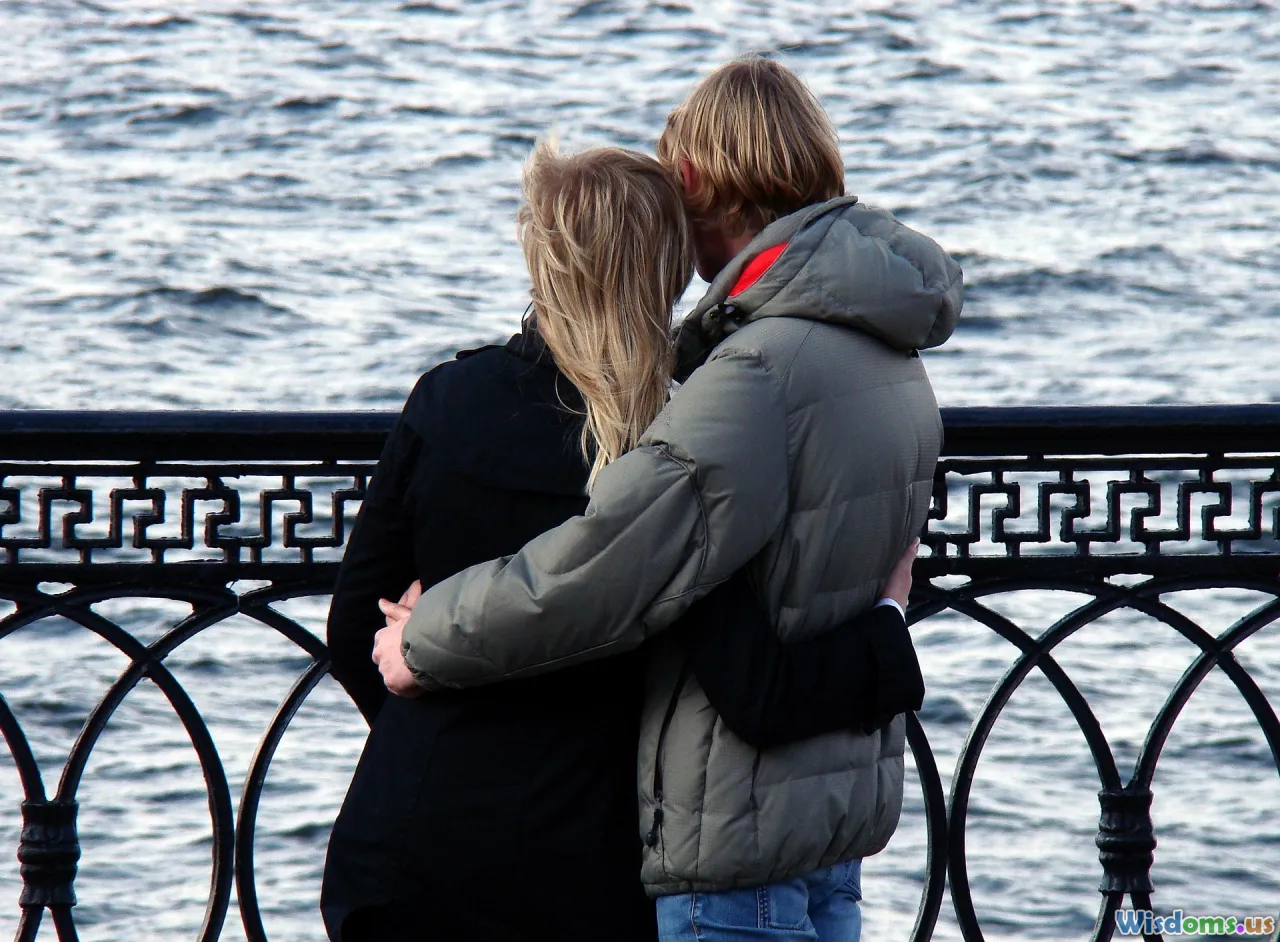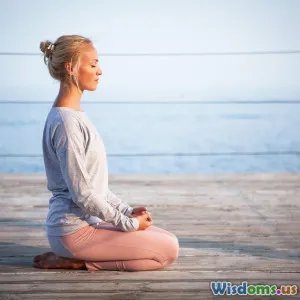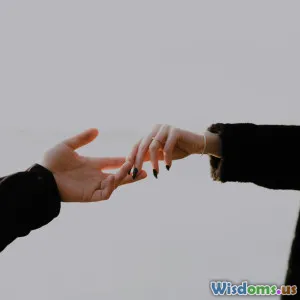
Dating Apps Versus Real Life Where Magic Happens More
8 min read Explore where authentic romantic connections thrive more: dating apps or real-life moments, backed by data, expert insights, and cultural trends. (0 Reviews)
Dating Apps Versus Real Life: Where Magic Happens More
Love, the ultimate pursuit of connection and intimacy, increasingly finds its battlegrounds divided between the pixelated realm of dating apps and the tangibly charged spaces of real life. The question that intrigues millions today is, where does the magic of romantic connection really happen more? Is it in swipes, matches, and chat windows, or the serendipitous chance meeting across a room?
Introduction: The Digital Disruption of Romance
In the past decade, dating apps have dramatically transformed how people meet and mingle. Platforms like Tinder, Bumble, and Hinge report millions of daily users swiping through countless profiles. For instance, Tinder alone claims to have facilitated over 60 billion matches globally since its inception. This digital avenue offers unprecedented accessibility and choice.
Yet, amid this convenience, critics argue that something intangible often gets lost — spontaneity, chemistry sparked by presence, and the subtle art of nuanced communication found in face-to-face interaction. Research backs some skepticism; a study published in the Proceedings of the National Academy of Sciences found that couples who met online were slightly more likely to break up early compared to couples who met offline.
This article explores the nuances of online dating versus real-life encounters, aiming to uncover where the magic truly happens.
The Mechanics of Magic: What is 'Magic' in Dating?
Defining Romantic Magic
When we talk about "magic" in romance, we refer to spontaneous, electric moments of mutual connection that ignite attraction and often blossom into meaningful bonds. It's more than physical attraction; it involves non-verbal cues, shared presence, emotional synchrony, and an indefinable chemistry.
The Role of Physical Presence
The scientists argue that in-person encounters engage a multitude of sensory inputs — voice tone, pheromones, body language — that significantly contribute to attraction. For example, body language research highlights how mirroring each other's posture instantaneously builds rapport.
Dating Apps: A New Frontier for Connection
Advantages of Digital Dating
Dating apps offer convenience, broad access, and algorithmic matchmaking. For busy professionals or people in less populated areas, these platforms expand options for meeting potential partners.
According to a Pew Research Center report from 2020, nearly 30% of U.S. adults have used a dating site or app. Among young adults aged 18-29, this rises to 48%.
Moreover, apps provide users control over the pace of interaction — you can chat, get to know someone before meeting.
Risks and Limitations
- Superficiality: Profiles condense individuals into pictures and short bios, often emphasizing appearance and curated highlights. This can encourage judgmental swiping based on looks alone.
- Choice Overload: Excessive options can lead to decision paralysis and less satisfaction, a phenomenon known as the “paradox of choice.”
- Catfishing and Misrepresentation: Misleading profiles undermine trust and create disappointment.
Success Stories
Despite drawbacks, many couples credit their success to apps. For example, Tinder reported 13 million swipes every minute globally in 2021, resulting in numerous authentic relationships.
Real Life Encounters: Age-Old Magic in Modern Times
The Power of Serendipity
Meeting in real life often involves spontaneous, chance encounters that no algorithm can engineer. Think of romantic tales: a locked eye in a cafe, being introduced through mutual friends, or sharing a laugh while stuck in traffic.
These scenarios cultivate deeper impressions — context and timing heighten emotional impact.
Emotional and Physical Nuances
Places like bookstores, concerts, and community events cultivate a fertile ground for connection because people share interests.
According to psychologist Dr. Helen Fisher, "Face-to-face interaction allows the brain's reward centers to activate more powerfully, intensifying feelings of attachment."
Limitations
- Social anxiety or introversion can hinder approaching strangers.
- Reduced opportunity in busy urban or digital-saturated lives.
Expert Perspectives
Relationship therapist Dr. Carla Marie Manly emphasizes, "While dating apps are useful tools, magic arises mostly in situations involving authentic, unplanned human interaction — where vulnerability and presence meet."
Similarly, data scientist Amit Ganguly notes, "Algorithms can assist but cannot replace human intuition and chemistry, often the catalyst for lasting love."
The Hybrid Model: Blending Digital and Real-Life
Many modern daters combine online platforms with offline socializing. Apps help identify initial interest, while subsequent in-person meetings unlock the deeper layers of compatibility.
For example, couple Janet and Leo met on Bumble but credit their relationship development to attending mutual friends' gatherings and outdoor activities. "The app was just the first step," Janet says. "The real sparks flew when we navigated the messy, beautiful dynamics of everyday life together."
Statistics at a Glance
- Online dating has led to approximately 39% of new relationships among U.S. couples according to a 2017 Stanford study.
- However, couples who meet in person report higher levels of initial chemistry.
- Marriage rates for couples meeting online are slightly lower than offline matches but show rising stability as apps mature.
Conclusion: Where Does Magic Happen More?
While dating apps offer breadth and convenience, the essence of romantic magic tends to emerge more vividly in real life. The intangible elements of physical presence, synchronous emotional response, and spontaneous interaction fuel connection in ways algorithms and screens cannot fully replicate.
Yet, digital platforms shouldn’t be dismissed; they democratize meeting opportunities and serve as valuable tools in a modern love toolkit. The best approach may lie in embracing both — starting connections online but prioritizing rich real-life experiences where magic flourishes.
Ultimately, love remains a profoundly human experience, unfolding in unpredictable moments that defy data but captivate hearts.
Call to action: Next time you use a dating app, plan to transition quickly to real-world meetings. Attend events, engage authentically, and remain open to serendipity; you might just discover where your own magic begins.
Rate the Post
User Reviews
Other posts in Dating & Attraction
Popular Posts















